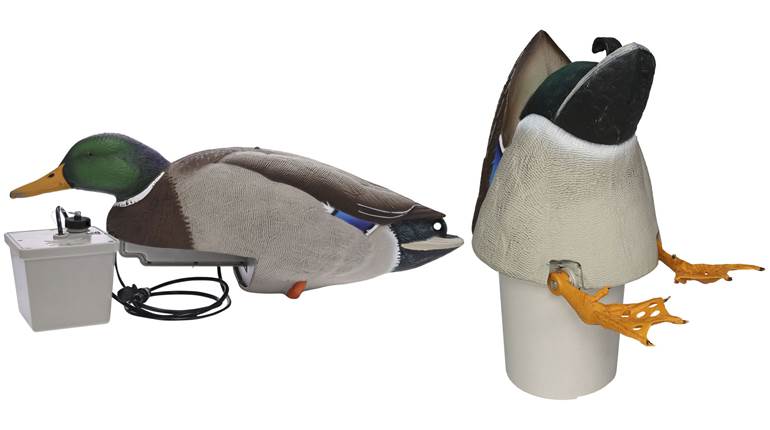
Shooting a large-diameter bullet has a lot of benefits—chief among them in target work is that the larger hole they produce has a better chance of breaking the line of the next highest scoring ring. To capitalize on this trait, wadcutter and semi-wadcutter (SWC) bullets were created to cut the cleanest, largest hole possible for formal competitions. This load is one of my favorites for the M1911 platform and features an accurate and clean-cutting 200-grain SWC from X-Treme bullets. The recipe starts with once-fired Winchester brass that has been cleaned and re-sized before being re-primed with Federal No. 150 primers. I then bell the case just enough to seat the bullet and prevent it from being gouged against the case mouth, as copper-plated bullets, like hard-cast lead projectiles, can be damaged in this way.
 Winchester 231 has always been a phenomenal powder for M1911 ammunition. A charge of 5.3 grains produces excellent accuracy, and the recoil is manageable. The final steps involve seating the bullet so that a bit of the bearing surface is visible to help with reliable feeding. Typically ending with an overall length of 1.230" accomplishes this task and is short enough to feed through standard M1911 magazines. When building this load, I like to use Hornady’s Series II Custom Grade dies, as their built-in taper crimp eliminates the need to perform that action separately.
Winchester 231 has always been a phenomenal powder for M1911 ammunition. A charge of 5.3 grains produces excellent accuracy, and the recoil is manageable. The final steps involve seating the bullet so that a bit of the bearing surface is visible to help with reliable feeding. Typically ending with an overall length of 1.230" accomplishes this task and is short enough to feed through standard M1911 magazines. When building this load, I like to use Hornady’s Series II Custom Grade dies, as their built-in taper crimp eliminates the need to perform that action separately.
Many new shooters are apprehensive about shooting .45 ACP, but the low recoil of this load makes it a fantastic candidate for introducing someone to the M1911 platform or the cartridge in general. Best of all, this load is one of the least expensive for the .45 ACP in my recipe book, but you wouldn’t know that from its accuracy.




































